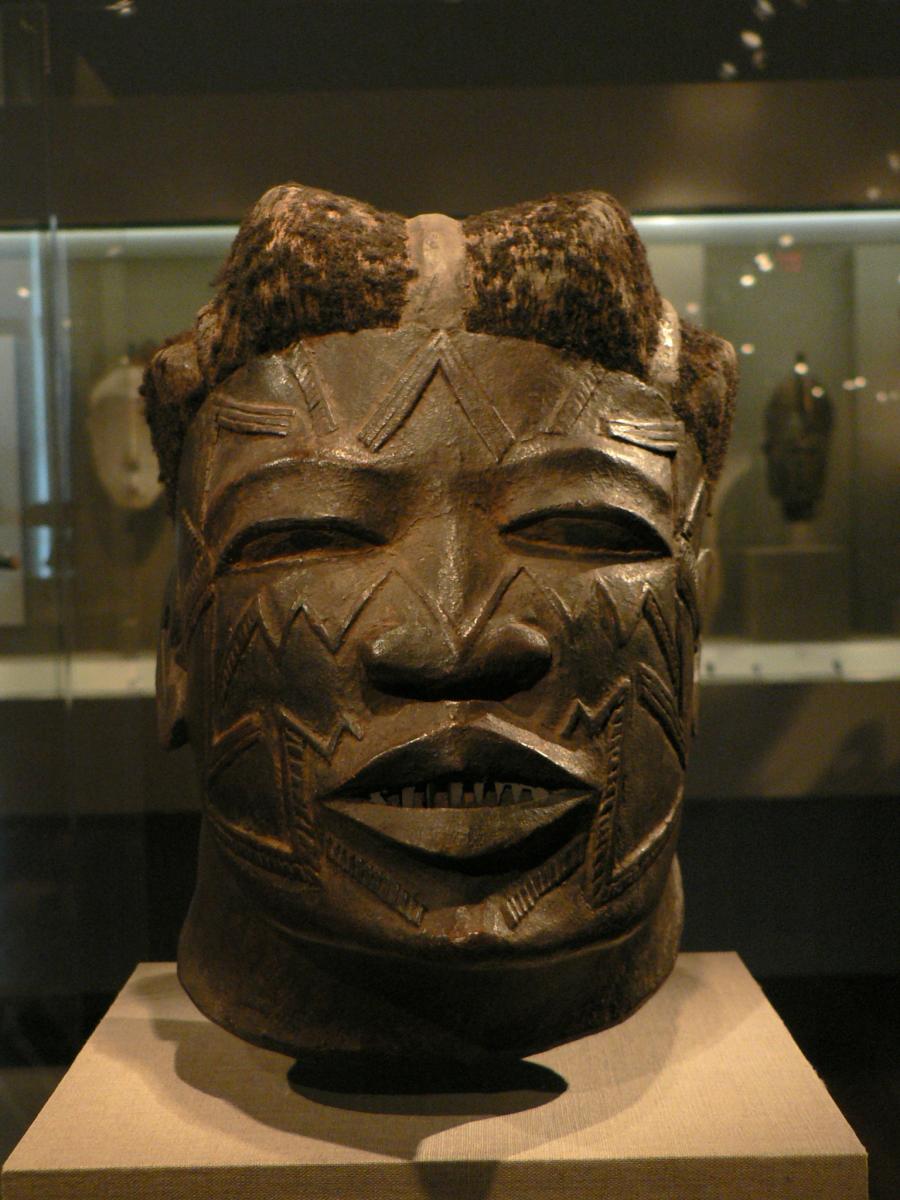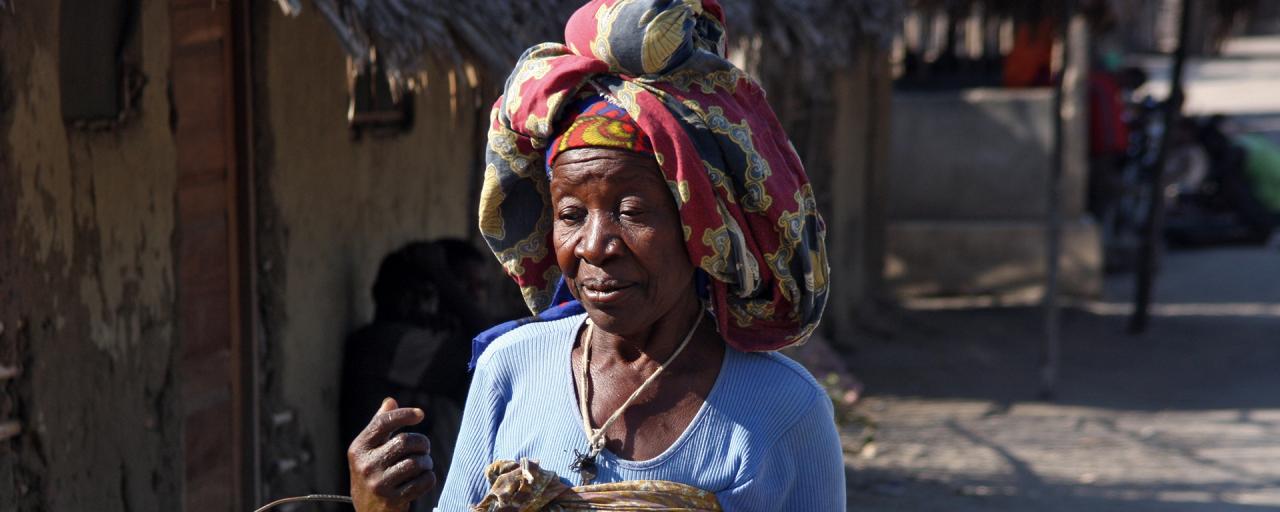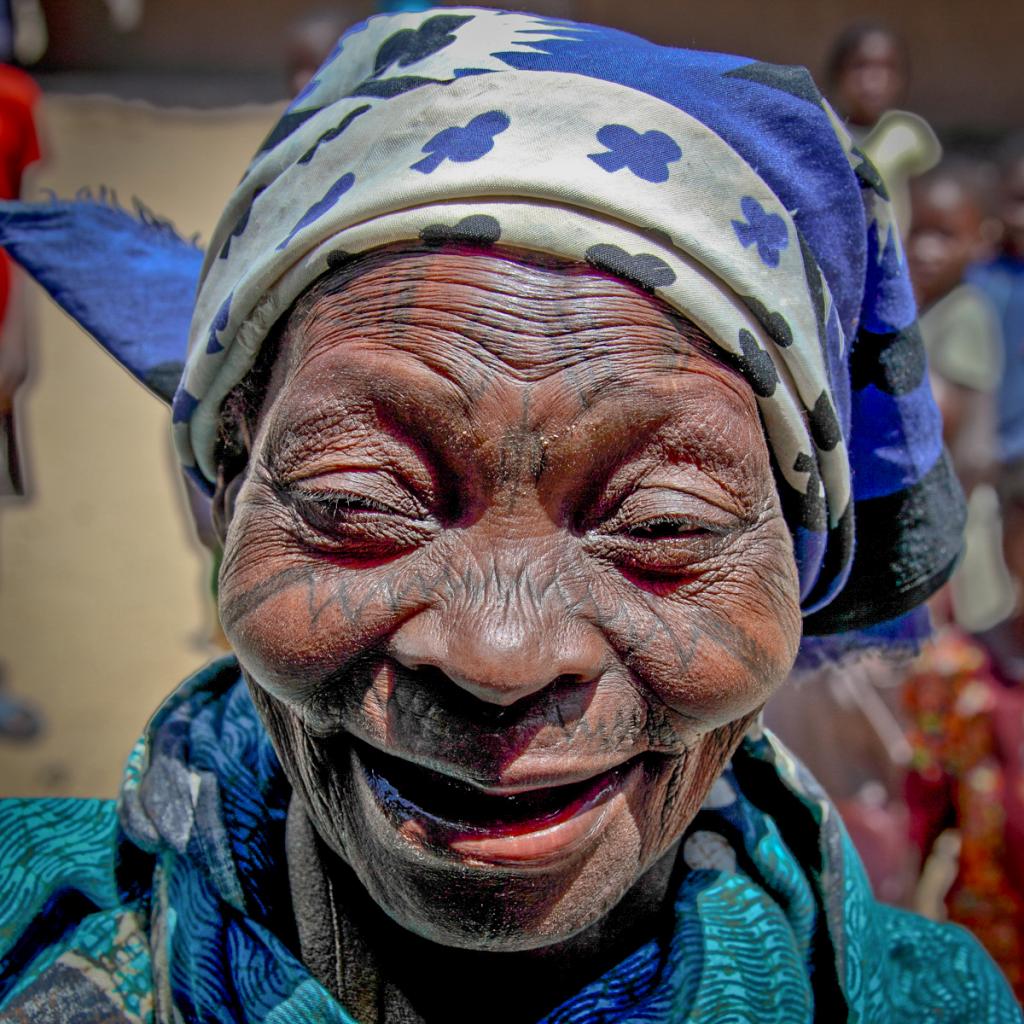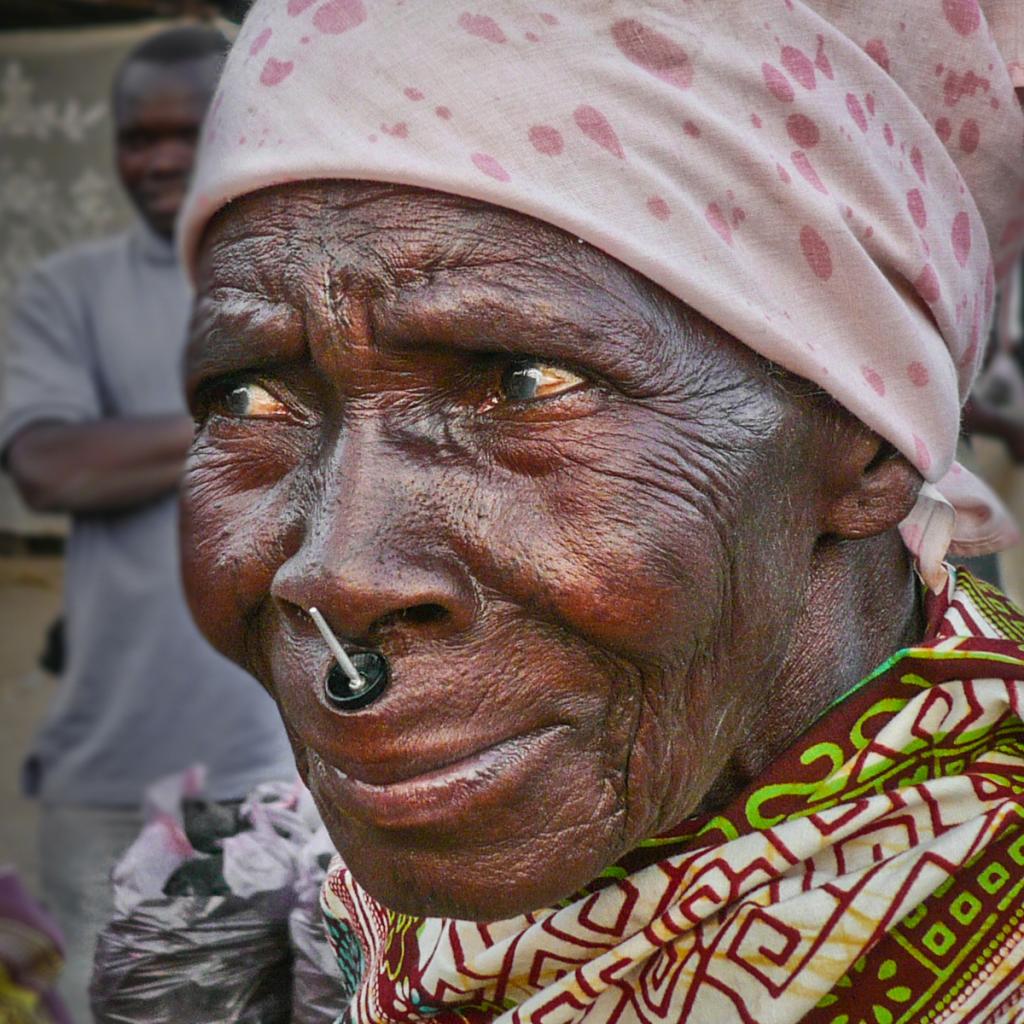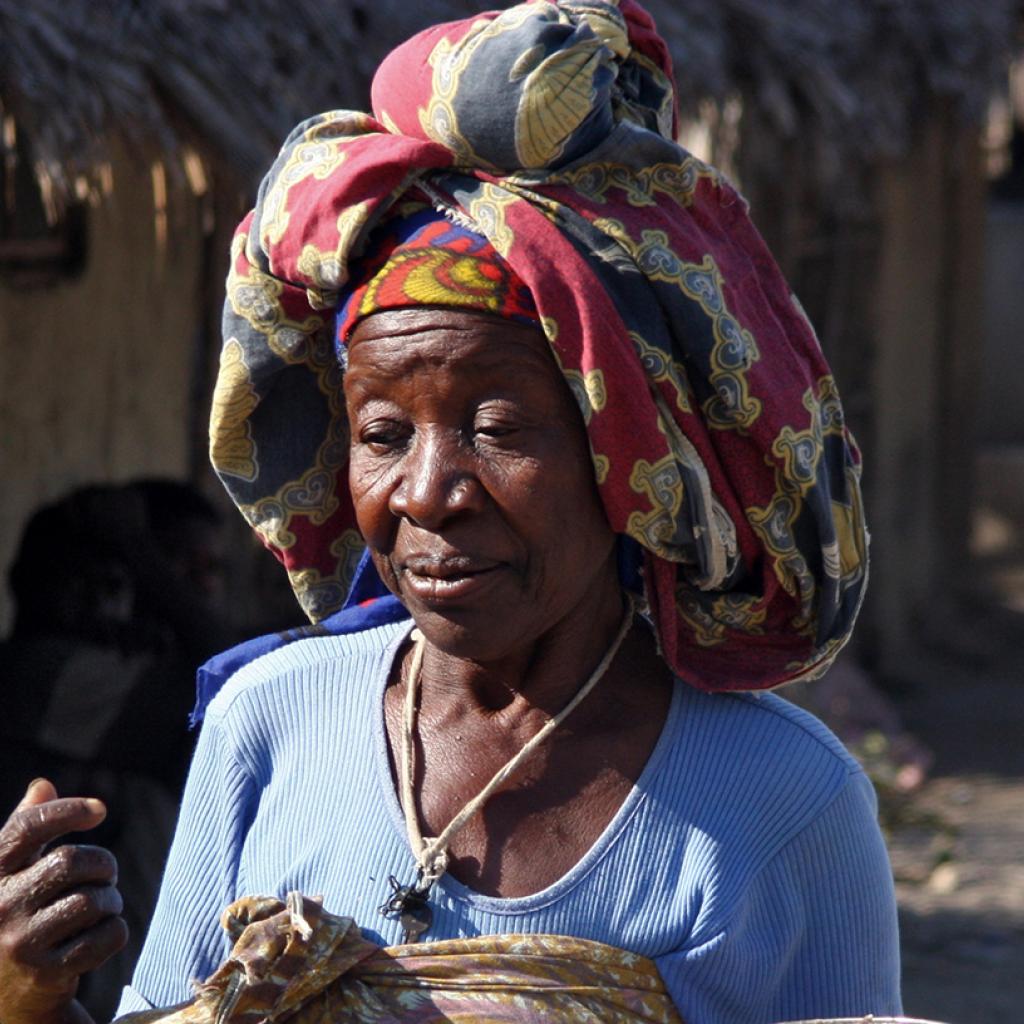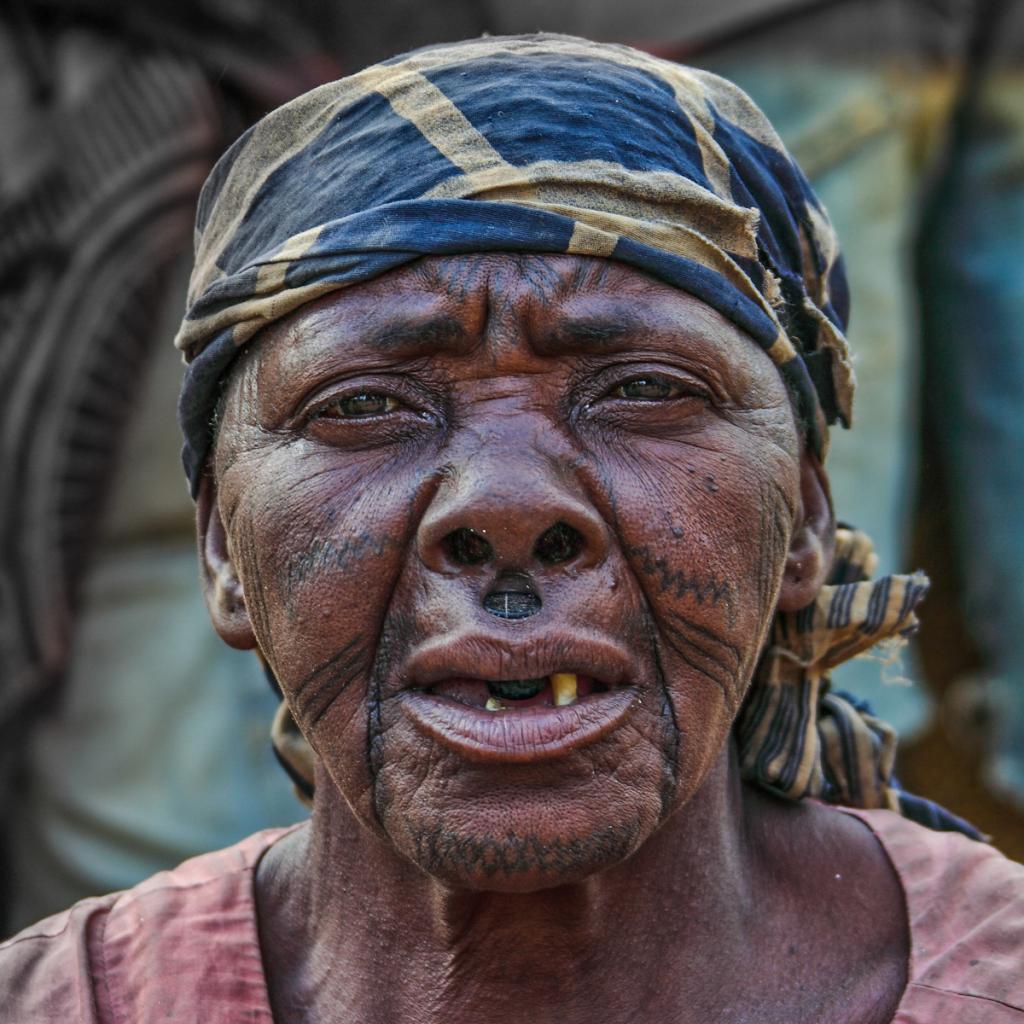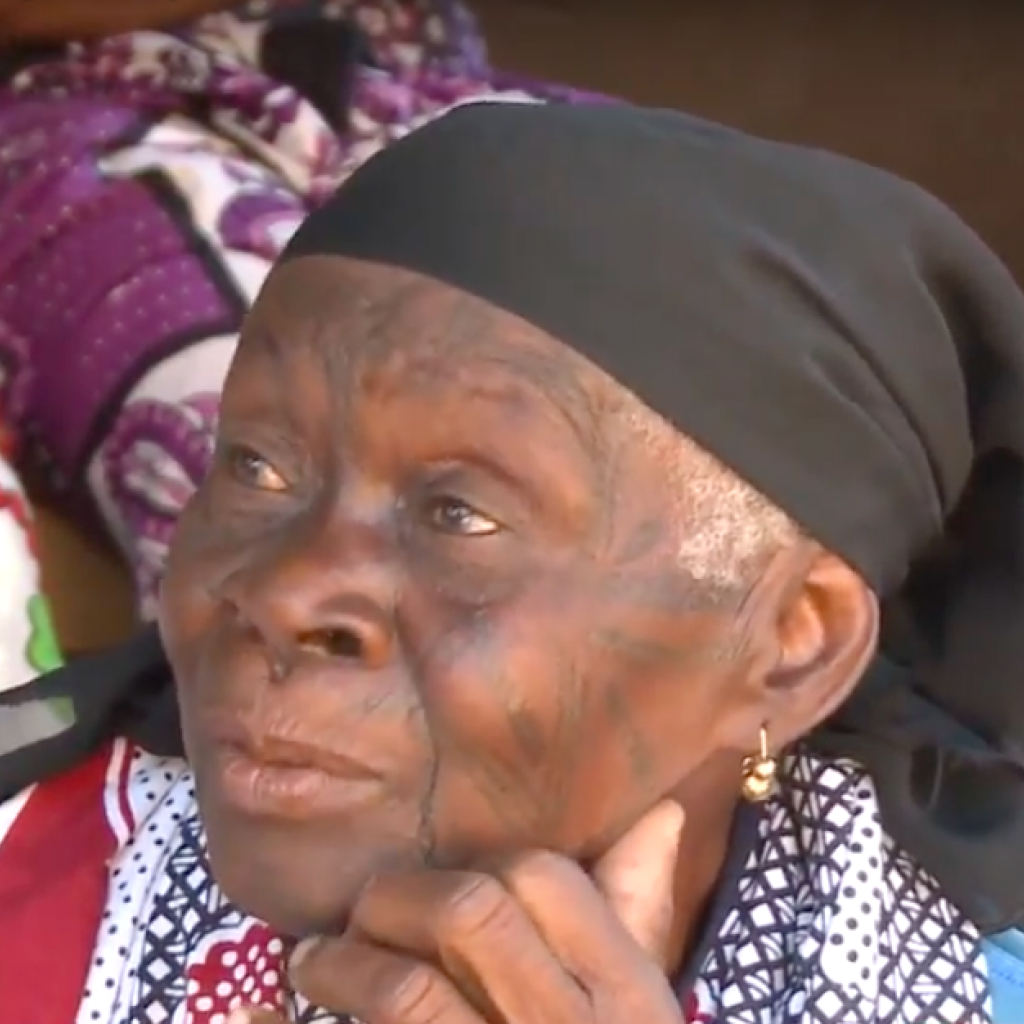The Makonde people live in Northern Mozambique and South-East Tanzania, and have a small presence in Kenya. They hardly ever interact with other populations, preferring to keep their traditions alive.
One of the reasons for their isolation and lack of integration with neighbouring populations can be attributed to their history.
Initially, the Makonde land was located in Northern Mozambique, in the plain adjacent to River Ruvuma, they later moved and settled on the Mueda Plateau in Mozambique and Tanzania.
These migrations were due to the fact that the plains around the river were infested by a high concentration of malaria mosquitoes and tsetse flies that carry sleeping sickness. In the river water people risked catching schistosomiasis, this situation was very harsh from a sanitary point of view.
Health reasons were not the only cause for their migration, however; the Makonde decided to migrate to escape the Ngoni, a population who began to raid the Makonde for land and slaves who were sold to merchants.
The highland where they found shelter, the Mueda Plateau, has thick bushes providing a natural defense against attempts at invasion and attack by other ethnic groups. It also has protected them from Western colonizers for a long time, thus fostering their cultural isolation.
The first contacts with Europeans only occurred towards the end of the 19th century, when the Makonde faced the Portuguese who had settled in Mozambique and later the Germans who occupied the area known today as Tanzania.
A tragic famine struck this population in 1915 and many lost their lives. Losses were also caused by violent epidemics of smallpox and Spanish flu, diseases brought by colonizers.
During World War I, the British conquered Tanzania, at that time called German Eastern Africa, and later renamed Tanganika, and tried to impose their dominance and taxation system.
The Makonde fought British domination by not paying taxes. They resisted and kept their independence from the British crown but gained the nickname of “rebel people”. This made them withdraw even further into isolation.
During their relocations, the Makonde supposedly came into contact, though superficially, with other populations, who partly affected their traditions. As a matter of fact, they assimilated some of the traditions of the populations living by the River Congo basin, like the use of masks and stilt dancing.
Legend says that, once they reached the highland, the Makonde found dwarves, probably some pygmies, today, by looking closely at the Makonde, it is still possible to find some features typical of pygmies. It is likely that when the two people met, the pygmies were accepted by the Makonde and integrated them in their villages.
Despite all of these events, there is a group of Makonde who particularly felt the influence of foreign culture, they lived in an area that was frequently visited by Arab traders who recruited them to capture prisoners of other populations for the slave market and made them convert to Islam.
Life, tradition and culture of Makonde people
Makonde tattoos and body modifications
Makonde history and migration
Rituals, beliefs and sculptures in Makonde culture
Makonde carving
